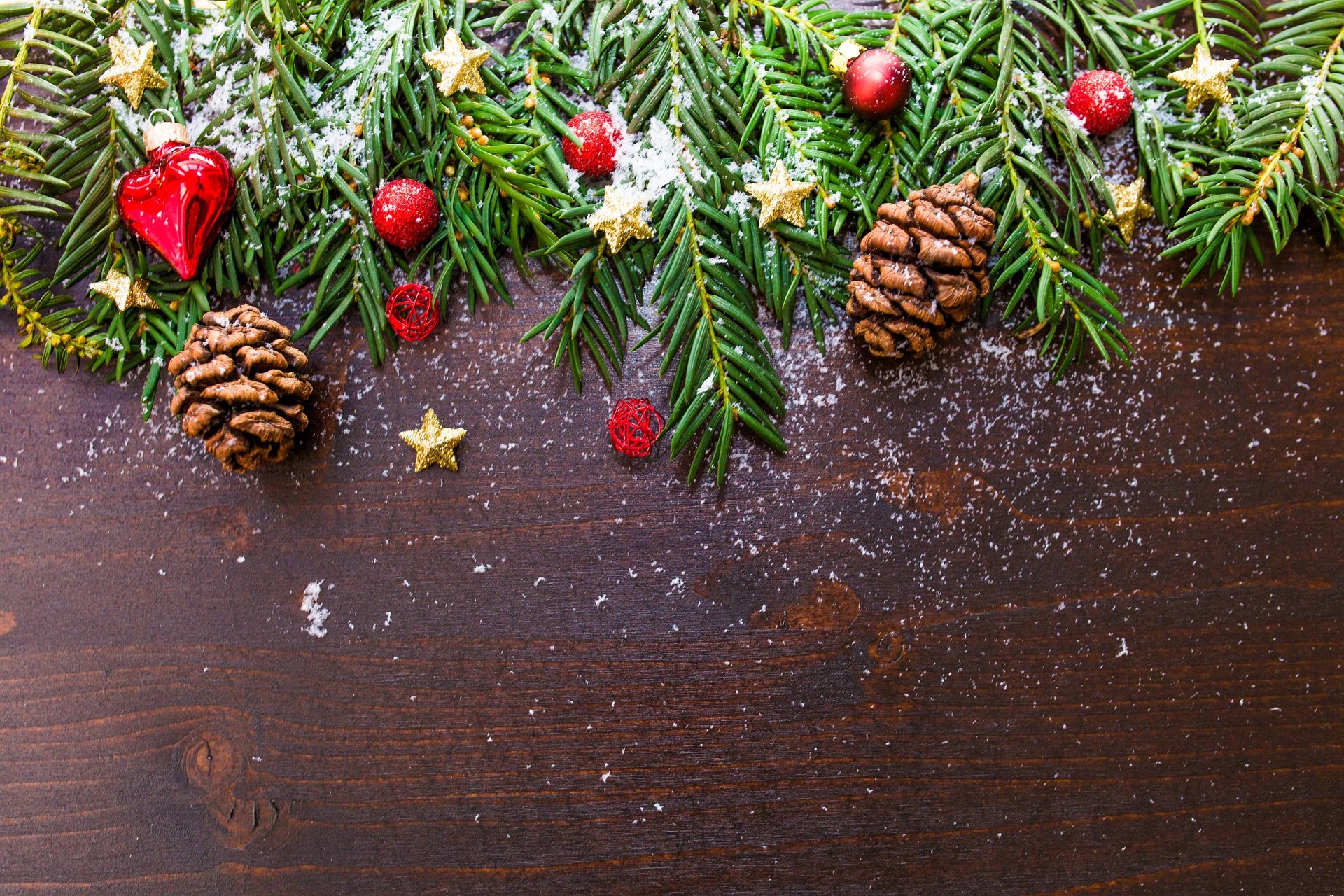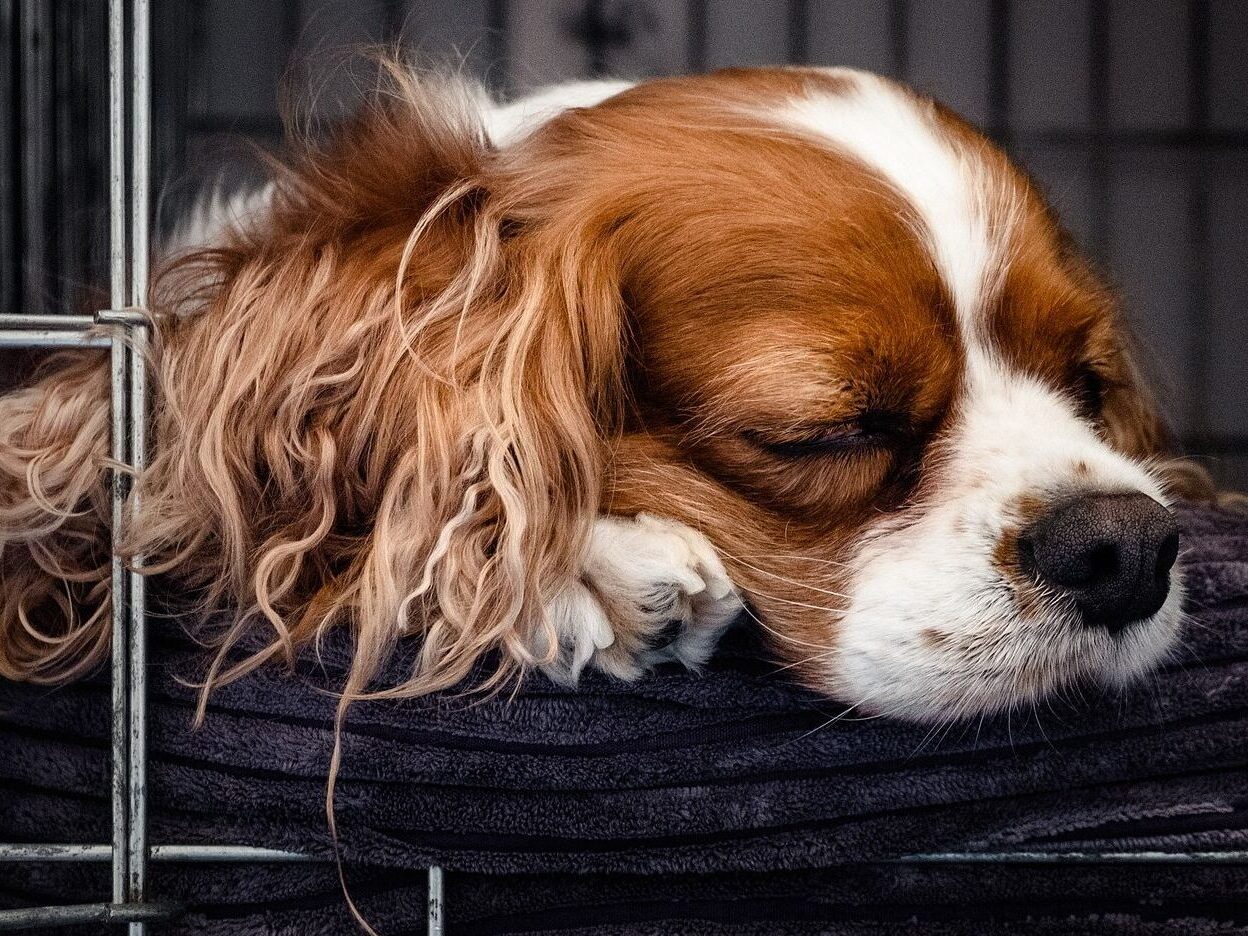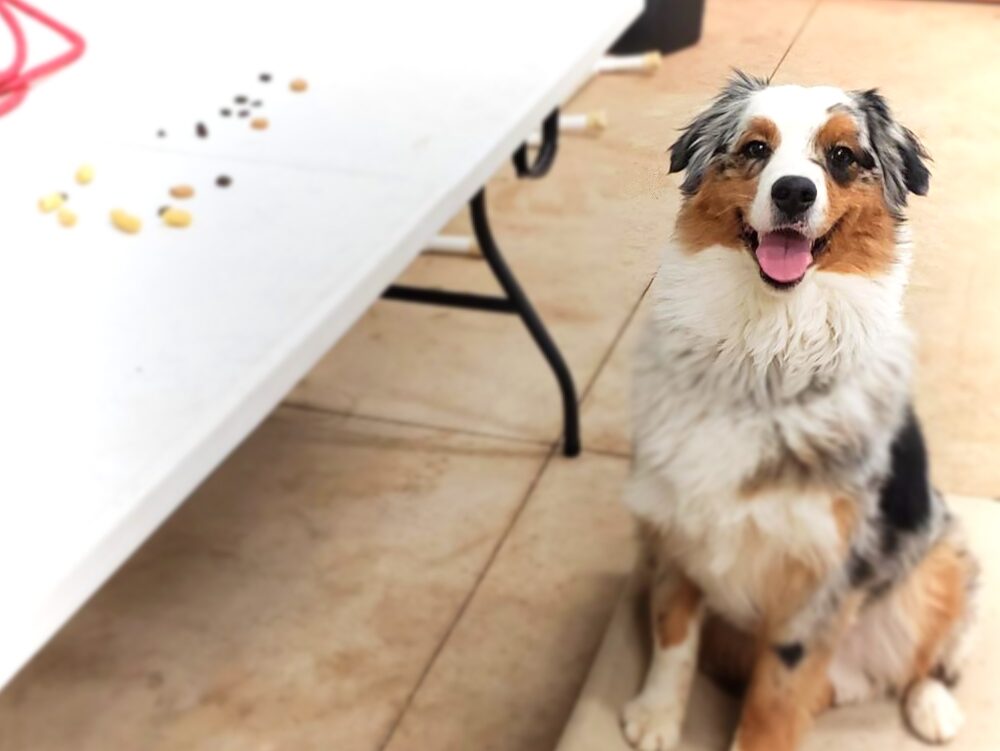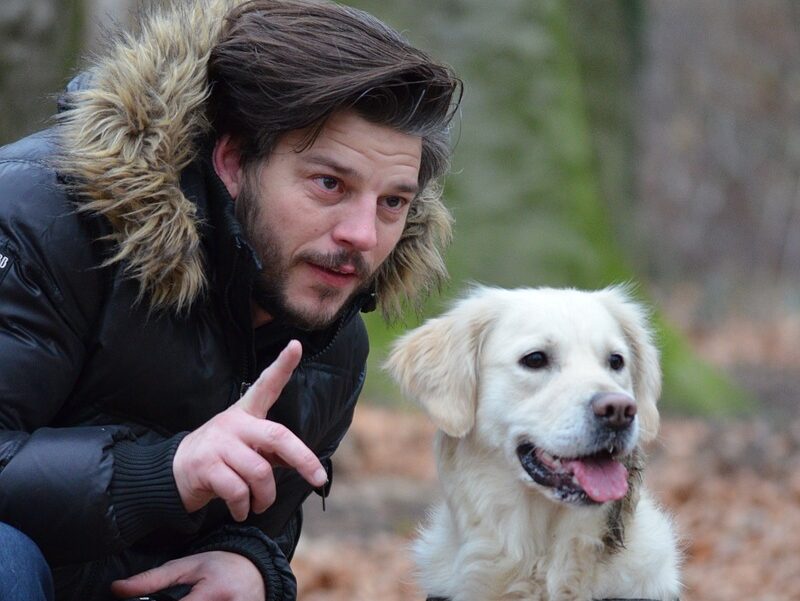
The Holidays are coming…
If you’re a lover of the holidays and a pet parent, it’s important to be prepared for everything this time of year brings for you and your pup. Even if you’re not a lover of the holidays, it can be hard to get away from the social obligations. (After all, there was that one year you tried to skip out on the festivities and Great Aunt Mary still hasn’t let you hear the end of it…)
In order to better enjoy the holidays with your dog, we’ve decided to give you our top three recommendations for making the holidays go smoother, whether this is your pup’s first holiday season or their tenth.
Don’t wait to start implementing these tips! Some of these require preparation and planning to make sure you’re ready before the rush!
1. Safe space training
There are going to be times when your dog isn’t ready or able to handle the changes brought on by the holiday season. The gorgeous turkey is resting on the table. Uncle Bob and Great Aunt Mary are coming in and out of the front door bringing in food and presents. Tommy and Timmy are running around the room with toys in hand. Your attention is split with all the activity as you catch up with family and friends.
How are you going to keep Fido from running out the door, jumping on guests, running over the children, and snatching the coveted turkey?
Introducing: Safe Space Training
This is our fancy way of saying crate training, but it doesn’t always involve a crate. Teaching your dog to handle being in a separate space from you is critical during the holiday season. It’s unlikely you’ll be able to devote your attention entirely to your dog to keep them out of trouble when big temptations arise.
If your dog isn’t used to being separated from the activity during your daily routine, you’ll have to work on this. Sure, a dog can get used to a confined space when alone because there isn’t anything fun happening while everyone is out. Being able to relax while everyone else is having fun without you? That’s a different story. (Say Fido FOMO anyone?)
Make sure you practice separating yourself from your dog when you are home. This could be done with a crate, gated-off room, or behind a closed door. For many dogs, it helps to give them an activity to do while alone that promotes relaxation. A frozen kong, lick mat, or favorite chew is a great way to encourage settling down. It’s also helpful to know if it’s easier for your dog to visually see you while separated or if a covered separation is better. Some dogs do better with a crate covered with a blanket or a closed bedroom door.
This isn’t to suggest your pup has to be left out of all of the festivities, but if you know they will struggle in certain contexts or you know you’d need to keep an eye on them but also have to attend to something else at the same time, a safe space trained dog provides flexibility.
2. Leave-it
Leave-it is a life-saving cue and it can take some patience to teach. Unexpected things happen during the holidays.
Great Aunt Mary sets her leather purse with candy inside for the kids down on dog nose level. Little Susan knocks over her dessert plate with chocolate fudge onto the floor. The cute rascals Tommy and Timmy have decided that it’s fun to undo the decorative garland and play tug of war with each other (which makes you wonder why you decided to host during the holidays this year… again… why do you do this to yourself?)
If you have a dog who understands leave-it, it’s much easier to manage these situations as they crop up. It also keeps them safe in the process. No one wants the holidays ruined by an emergency vet visit because Fido had so much fun gobbling candy and chocolate fudge.
If your dog knows leave-it and can respond to basic cues like come, sit, and stay, you have the opportunity to clean up or remove temptations before they become horrible memories. (“Remember the year Fido ate all that candy out of Great Aunt Mary’s purse? We had no idea there was xylitol in those Mentos!”)
3. Manage your expectations
This is our biggest tip when it comes to having a smooth holiday season with your pup. Every dog is different and you know your dog best. Knowing what your dog can and cannot handle will save you heartache and frustration.
If you know your dog is great at home, but struggles with door dashing when you don’t have eyes on them, don’t expect them to keep it together when guests are absently coming in and out of the front door. If you haven’t worked on that level of distraction training prior, don’t set your pup up for failure on the big day.
It’d be better to set up a gate to block your dog from accessing the front door, or to use a leash to keep them with you instead of near the front door area. (Besides, the kids love to play butler and let Great Aunt Mary in. She always gives them candy!)
When looking at management options, using gates, leashes, and a crate makes all the difference. If you know your dog will struggle with a scenario during the holidays, don’t set them up to make the mistake.
If your dog is new to the holiday season, it’s always best to manage and then take management away if they’re doing well. Slowly work them into the distractions and the fun. Training allows your dog to have more access and privileges they wouldn’t have prior.
When your dog struggles with something, you have two options: training and management. Sometimes management is the best course of action at the time. Trust us.
If your dog needs training but you don’t have the time during the rush of the season, drop-off training is the way to go.
In our drop-off training program, our trainers work one-on-one with your dog to teach them basic manners and get them ready for real life scenarios. Getting your dog ready for the holidays (or any day) doesn’t have to eat up your life. We’ve got you covered.
Claim your free initial consultation to get started and learn how we can curate a training plan that fits your needs.










